Table of Contents
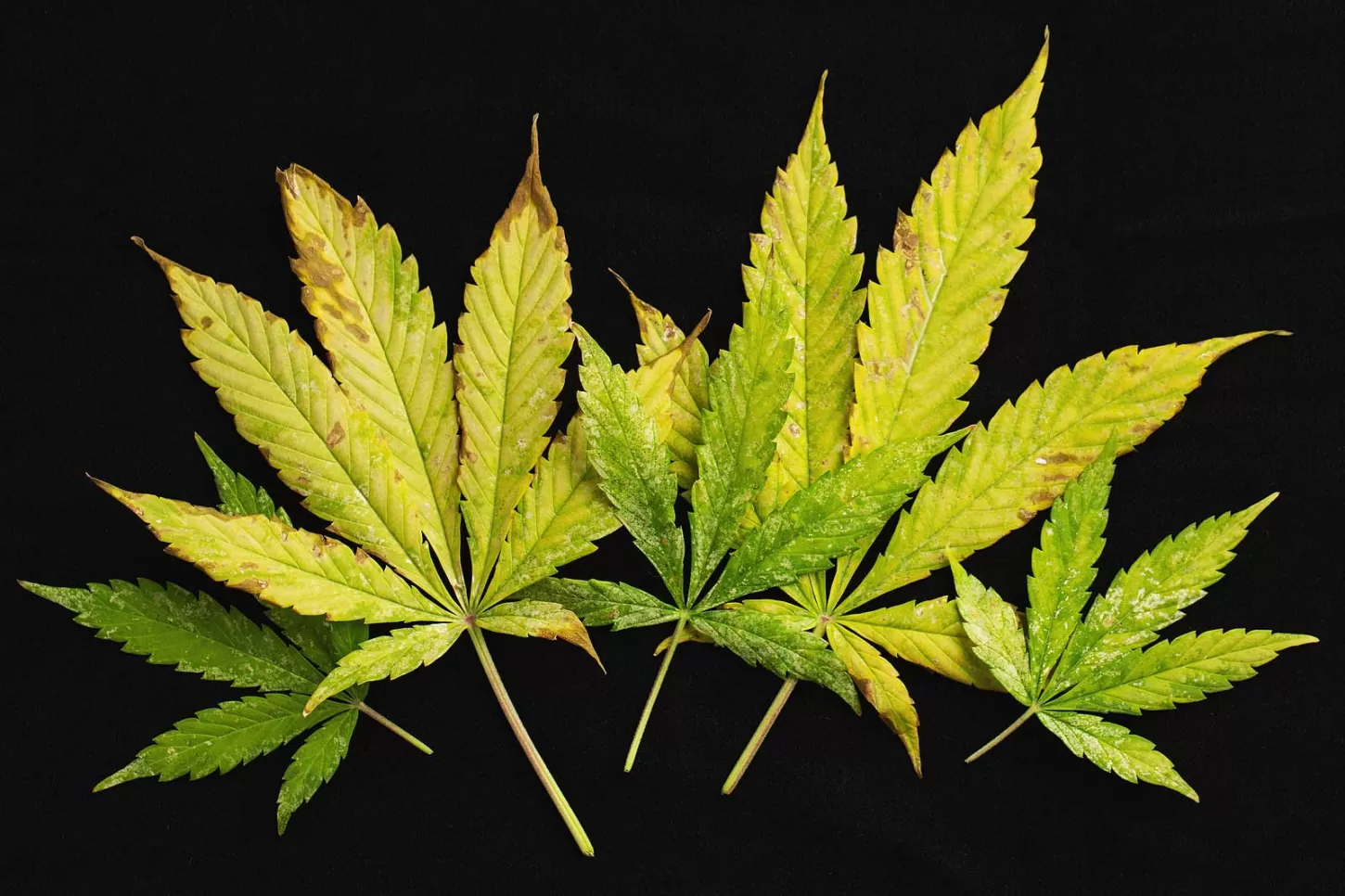
Do your cannabis plants look unwell? Do you notice some cannabis leaf symptoms and are afraid there could be something worse? Here is a list of some of the common leaf symptoms in cannabis plants and their treatments.
This is a rare deficiency that causes your plants to grow slowly and sometimes grow abnormal plant parts. Leaf symptoms are
Avoid the use of severely-filtered water. Use boron supplements or fertilizers rich in boron.
Copper deficiency can lead to poor plant growth, poor ripening of the buds and may affect the younger as well as older leaves. Cannabis leaf symptoms are:
There are also weak stems, limp leaves, immature leaf growth, and lack of buds. Treat copper deficiencies by improving pH in soil and using a fertilizer that has good copper amounts.
Calcium deficiency can lead to very poor growth; weak plant parts sand poor flower and bud growth, and development. Calcium is a very important mineral, and lack or reduced amounts in plants can lead to root problems and very weak plants that won’t survive the heat.
Other symptoms include stunted growth, crinkling and discoloration of young growths, very weak branches, hollowing or decaying stems and weak and poorly developed roots. To treat calcium deficiencies, use CAL MAG, a popular and effective treatment that can stop calcium and magnesium deficiencies. Correcting soil pH is also important since poor pH can affect the way calcium and other minerals are absorbed.
Iron is important to plants despite being a trace nutrient. When a plant lacks iron, it cannot produce its food. It cannot produce new leaves.
To treat iron deficiencies, check the pH of the soil and roots. Fix pH problems and add iron supplements or use fertilizers that have higher amounts of iron.
Manganese is needed by plants to create enzymes necessary for producing food and for growth. Manganese deficiencies are very rare, and mostly, it’s related to deficiencies in iron and zinc. The following leaf symptoms are expected:
Plants will have very slow growth. Treatment includes correcting pH problems and using iron supplements or fertilizers rich in iron.
Molybdenum is a rare element but is needed in trace amounts to support plant growth and development. Lack of molybdenum can result in:
Correct pH problems as soon as you notice molybdenum problems. Also, look for fertilizers and supplements that contain more molybdenum to replace the product you were using before.
Nitrogen is one of the essential nutrients needed for proper plant growth and development. It is the main macronutrient needed during the vegetative stage, and lack or reduced nitrogen intake can lead to poor growth, weak plants, and poor flower production. Some symptoms include:
Cure nitrogen deficiency by improving soil pH and using nutrients with high nitrogen amounts. Correct this deficiency ASAP to avoid growing and flowering problems.
In phosphorus deficiency, plants will have poor flowering performance. Your plants won’t be able to grow well and may affect your yields.
Other symptoms of phosphorus deficiency include discoloration of the stems, stunted plant growth, slower growth, poor bud development, the presence of root rot, mold, root disease, and underdeveloped seeds in female plants. Treat phosphorus deficiencies with correct fertilizers used in the flowering stage. Use organic fertilizers that contain high amounts of phosphorus. Correct root or soil pH to allow the absorption of phosphorus and other minerals.
Potassium is necessary for the flowering stage as this helps plants form large and dense buds. It’s also needed during the vegetative phase but in smaller amounts only. Potassium deficiency leaf symptoms are the following:
Lack of potassium also results in slowed or stunted growth, twisted or abnormal plant growth, curling over or under of the leaves, very tall plants or too stretchy plants, and poorly formed buds. Correct potassium deficiency by using fertilizers that are made for the flowering stage. Also, check and correct soil and root pH to promote the absorption of nutrients. Use organic fertilizers with high amounts of potassium.
Sulfur is abundant in soil, and thus, deficiencies occur in plants grown in hydro. This element can help promote plant health and overall development. Lack of sulfur will result in these leaf symptoms:
Sulfur deficiency also results in fluffy or airy buds, poor growth, and slow growth. Cure sulfur deficiencies with fertilizers and supplements high in sulfur. Correct pH ASAP to avoid complications.
Zinc is needed in the growth of new leaves, in proper plant development and the formation of large and dense buds. Zinc deficiencies go hand in hand with iron and magnesium deficiencies. The following can be seen in plants that lack zinc:
You will also notice poor growth, non-vertical growth, and other abnormalities in bud formation in plants that lack zinc. To treat zinc deficiencies, use zinc supplements. Correct iron and magnesium deficiencies as well because these affect zinc absorption.
These are yellow spots on leaves caused by the fungus Septoria cannabis and the S. neocannabina species. These opportunistic creatures attack during rain and warm weather and are common in marijuana grown outdoors.
It can be hard to treat septoria, but you can use helpful plant-bacteria such as Bacillus pumilis or Trichoderma that can remove the fungus in the soil. Prevent this from happening by prepping the soil before you grow your plants.
This is a very common fungus that can affect your plants, especially during the flowering stage. It’s hard to treat PWM, and thus, most growers harvest early to save their buds.
Harvest early, but if you can’t use homemade treatments like spraying a solution of water and liquid soap or water and baking soda plus vegetable oil. Spray these on your plants, even parts that are not affected. Use tissue paper to lift the mold from the leaves. Discard the tissue right after to prevent the spread.
It’s better to prevent PWM than treating it. Be mindful of the humidity inside your growing area. Make sure to reduce humidity and control moisture inside the room to prevent mold and mildew growth. Grow only a few plants and avoid plants touching each other inside the room.
Fusarium targets the leaves and the roots of cannabis plants. This is a type of fungus that lays dormant in tropical soil and can be activated in the right conditions. This is often spread through the use of fusarium-infested tools and running water. Signs are
Use fungicides that can kill fusarium. However, this pesky fungus is very difficult to kill and will usually persist even after you have applied fungicides. You may also apply hydrogen peroxide to the soil to clean and disinfect it. The best way to deal with fusarium is prevention.
Prevent fusarium by using clean and sterile garden tools and equipment. Use good quality soil. Never reuse soil with fusarium.
This is another fungus problem that is common in cannabis plants. This happens in improperly drained, rich soil. Signs of Verticillium wilt are:
There is no effective way to treat verticillium wilt. The only way to save your plants is through prevention. Use clean and healthy soil or grow your plants in hydro to completely prevent this condition. Use clean and sterilized garden tools and equipment.
When seedlings and seeds are attacked by fungi in the soil, the young plants may simply topple over and will soon die. This is a condition known as damping off. Symptoms include
There is nothing you can do with damping-off, but you can prevent this by growing in healthy soil.
You may also germinate seeds in peat cubes and transfer to a better growing medium like hydroponics. Use seeds with strong genetics to avoid damping off.
A small grow room or improperly monitored growing area, humidity can easily increase, and this can be fatal to your plants. This usually happens right after watering or when there are just too many plants inside the growing area. The plant leaves will exhibit the following symptoms:
Correct humidity problems right away. For a room with high humidity, improve conditions by using a fan or opening a window or door. Let clean, fresh air enter to remove moisture. Use a small fan and place on the floor to reduce moisture and prevent mold growth. Take note that molds and mildew develop in very humid environments.
If your leaves are drooping or your plants look unwell, you may suspect overwatering or underwatering. Correct these conditions right away. If the soil is too dry, water your plants ASAP.
If the soil is moist or wet and yet the plant is drooping, use a fan to dry it out. Remember to water only when the soil is dry and never when it’s moist and wet.
There may be more cannabis leaf symptoms; nevertheless, always monitor your plants and be on the lookout for any problems. Correct problems right away to prevent anything that can interrupt your plants’ growth and bud development.
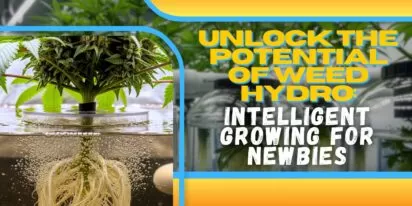
Curious about growing weed in a healthy, effective way? Welcome to the realm of weed hydro! This method uses water instead of soil, delivering n

Peyote Zkittlez is a unique cannabis strain that has quickly gained dedicated followers among enthusiasts and patients alike. Its parentage—Zk
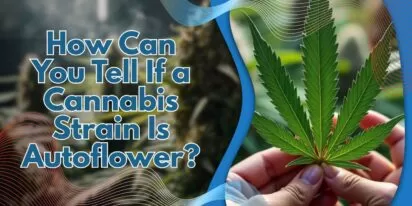
As growers, we want strains that work well, are strong, and are of good quality. Autoflowering cannabis strains are a big step forward for both

Pot growers always ask the same basic question: How much weed does a weed plant produce? The answer is complex and depends on a multitude of var

Ever had the room spin after a few hits? You're not alone. Figuring out how to prevent getting dizzy high can make your cannabis experience a wh
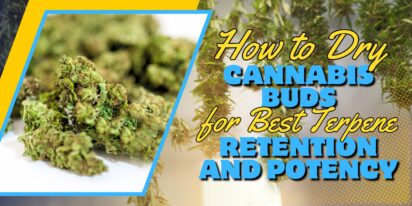
Drying cannabis properly is a critical process in preserving the plant's full aroma and flavor and its psychoactive abilities. Tampering with th

Ever caught yourself a bit too high and all of a sudden in need of being normal? Whether you're heading out for munchies or bumping into someone

Looking for sage advice on how not to get pinched with weed without batting an eye? Attempting to protect your stash from gossipy roommates, sno
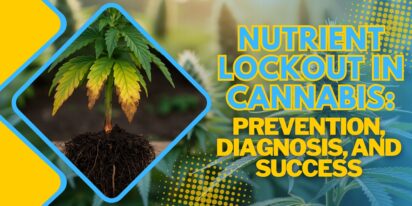
Nutrient lockout, also known as nutrient binding or chemical antagonism, is a significant issue in cannabis cultivation that negatively impacts
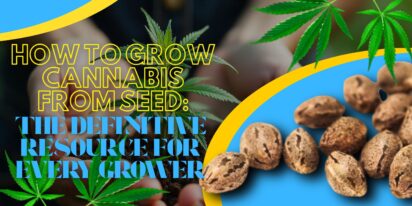
Germination is the most critical initial stage in growing healthy, high-quality cannabis plants. During germination, the dormant seed becomes a
Are You 18 Or Over?
By selecting “Continue”, you confirm that you are at least 18 years of age and legally permitted to access cannabis related content in your region.
By using Rocketseeds.com, you agree to our legal disclaimer.
Excellent blog here Also your website loads up very fast What web host are you using Can I get your affiliate link to your host I wish my web site loaded up as quickly as yours lol
Your writing is not only informative but also incredibly inspiring. You have a knack for sparking curiosity and encouraging critical thinking. Thank you for being such a positive influence!
Simply wish to say your article is as amazing The clearness in your post is just nice and i could assume youre an expert on this subject Well with your permission let me to grab your feed to keep updated with forthcoming post Thanks a million and please carry on the gratifying work
Somebody essentially lend a hand to make significantly articles Id state That is the very first time I frequented your website page and up to now I surprised with the research you made to make this actual submit amazing Wonderful task
Your blog is a beacon of light in the often murky waters of online content. Your thoughtful analysis and insightful commentary never fail to leave a lasting impression. Keep up the amazing work!
Thank you for the auspicious writeup It in fact was a amusement account it Look advanced to more added agreeable from you By the way how could we communicate
Your blog is a constant source of inspiration for me. Your passion for your subject matter shines through in every post, and it’s clear that you genuinely care about making a positive impact on your readers.
Your blog is a constant source of inspiration for me. Your passion for your subject matter is palpable, and it’s clear that you pour your heart and soul into every post. Keep up the incredible work!
Your articles never fail to captivate me. Each one is a testament to your expertise and dedication to your craft. Thank you for sharing your wisdom with the world.
Your blog is a testament to your dedication to your craft. Your commitment to excellence is evident in every aspect of your writing. Thank you for being such a positive influence in the online community.
Your writing has a way of resonating with me on a deep level. I appreciate the honesty and authenticity you bring to every post. Thank you for sharing your journey with us.
Your blog is a true gem in the world of online content. I’m continually impressed by the depth of your research and the clarity of your writing. Thank you for sharing your wisdom with us.
Hi i think that i saw you visited my web site thus i came to Return the favore Im attempting to find things to enhance my siteI suppose its ok to use a few of your ideas
Somebody essentially help to make significantly articles Id state This is the first time I frequented your web page and up to now I surprised with the research you made to make this actual post incredible Fantastic job
Usually I do not read article on blogs however I would like to say that this writeup very compelled me to take a look at and do so Your writing taste has been amazed me Thanks quite nice post
Your blog has quickly become one of my favorites. Your writing is both insightful and thought-provoking, and I always come away from your posts feeling inspired. Keep up the phenomenal work!
Every time I visit your website, I’m greeted with thought-provoking content and impeccable writing. You truly have a gift for articulating complex ideas in a clear and engaging manner.
Hey there You have done a fantastic job I will certainly digg it and personally recommend to my friends Im confident theyll be benefited from this site
I have read some excellent stuff here Definitely value bookmarking for revisiting I wonder how much effort you put to make the sort of excellent informative website
Nice blog here Also your site loads up very fast What host are you using Can I get your affiliate link to your host I wish my site loaded up as quickly as yours lol
What i do not understood is in truth how you are not actually a lot more smartlyliked than you may be now You are very intelligent You realize therefore significantly in the case of this topic produced me individually imagine it from numerous numerous angles Its like men and women dont seem to be fascinated until it is one thing to do with Woman gaga Your own stuffs nice All the time care for it up
Your blog is a beacon of light in the often murky waters of online content. Your thoughtful analysis and insightful commentary never fail to leave a lasting impression. Keep up the amazing work!
Your blog is a breath of fresh air in the often stagnant world of online content. Your thoughtful analysis and insightful commentary never fail to leave a lasting impression. Thank you for sharing your wisdom with us.
Your blog is a beacon of light in the often murky waters of online content. Your thoughtful analysis and insightful commentary never fail to leave a lasting impression. Keep up the amazing work!
Usually I do not read article on blogs however I would like to say that this writeup very compelled me to take a look at and do it Your writing style has been amazed me Thank you very nice article
Your writing has a way of resonating with me on a deep level. I appreciate the honesty and authenticity you bring to every post. Thank you for sharing your journey with us.
This hydroponics guide is quite the buzz, seriously! Who knew growing weed without dirt could be so complicated yet potentially rewarding? The breakdown of systems like DWC and NFT is helpful, though I suspect my cat might confuse the air pump for a toy. The idea of cleaner buds is tempting, especially since explaining hydro weed to my non-growing friends might get messy. And the bit about potential dizziness from hydro weed? Perfect, now I have an excuse for why I always stumble a bit after a grow session. Still, the promise of faster grows and higher yields is hard to ignore, even if it means more trips to the pH meter than to the coffee shop. Overall, a cultivating read for the curious grower!